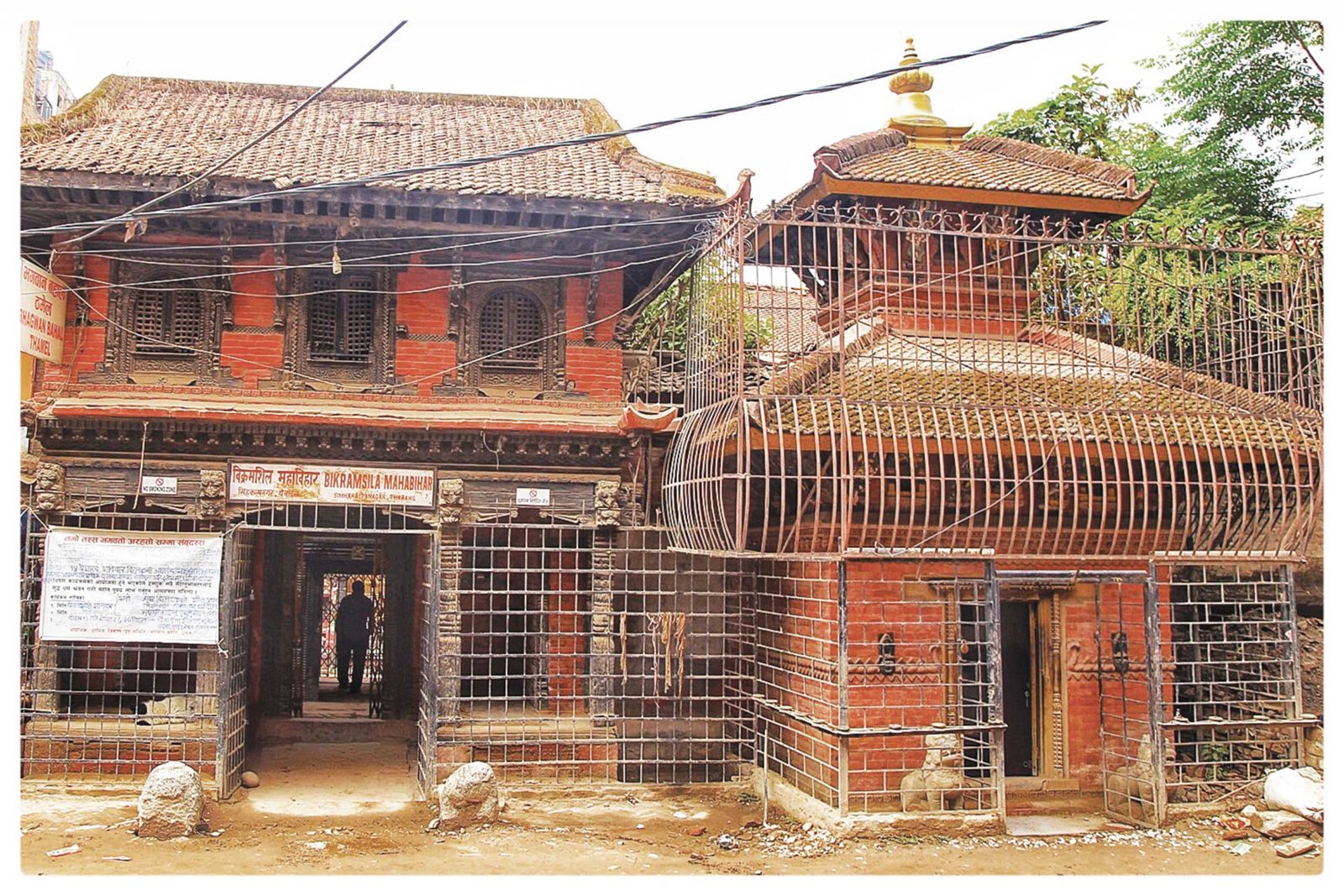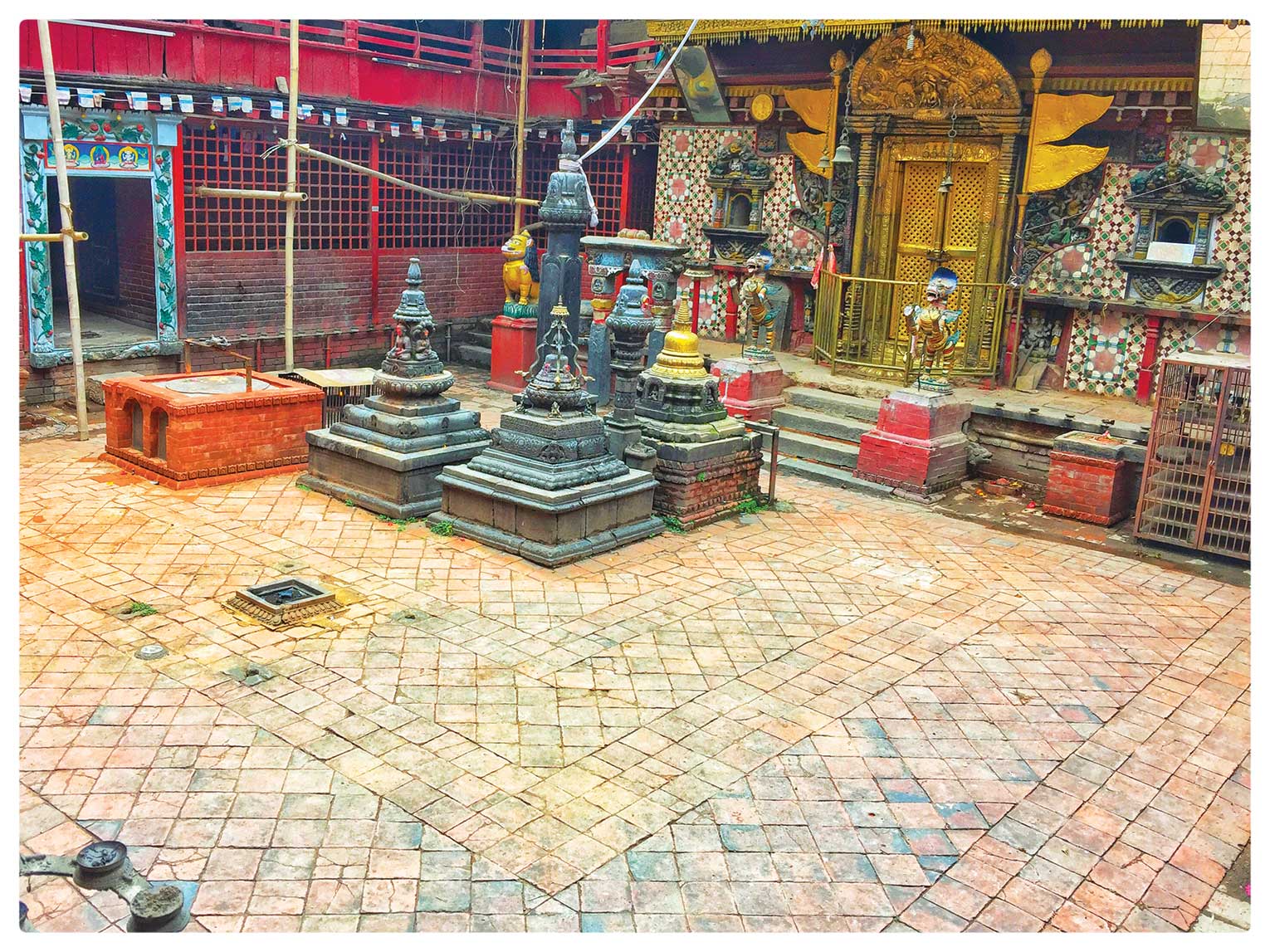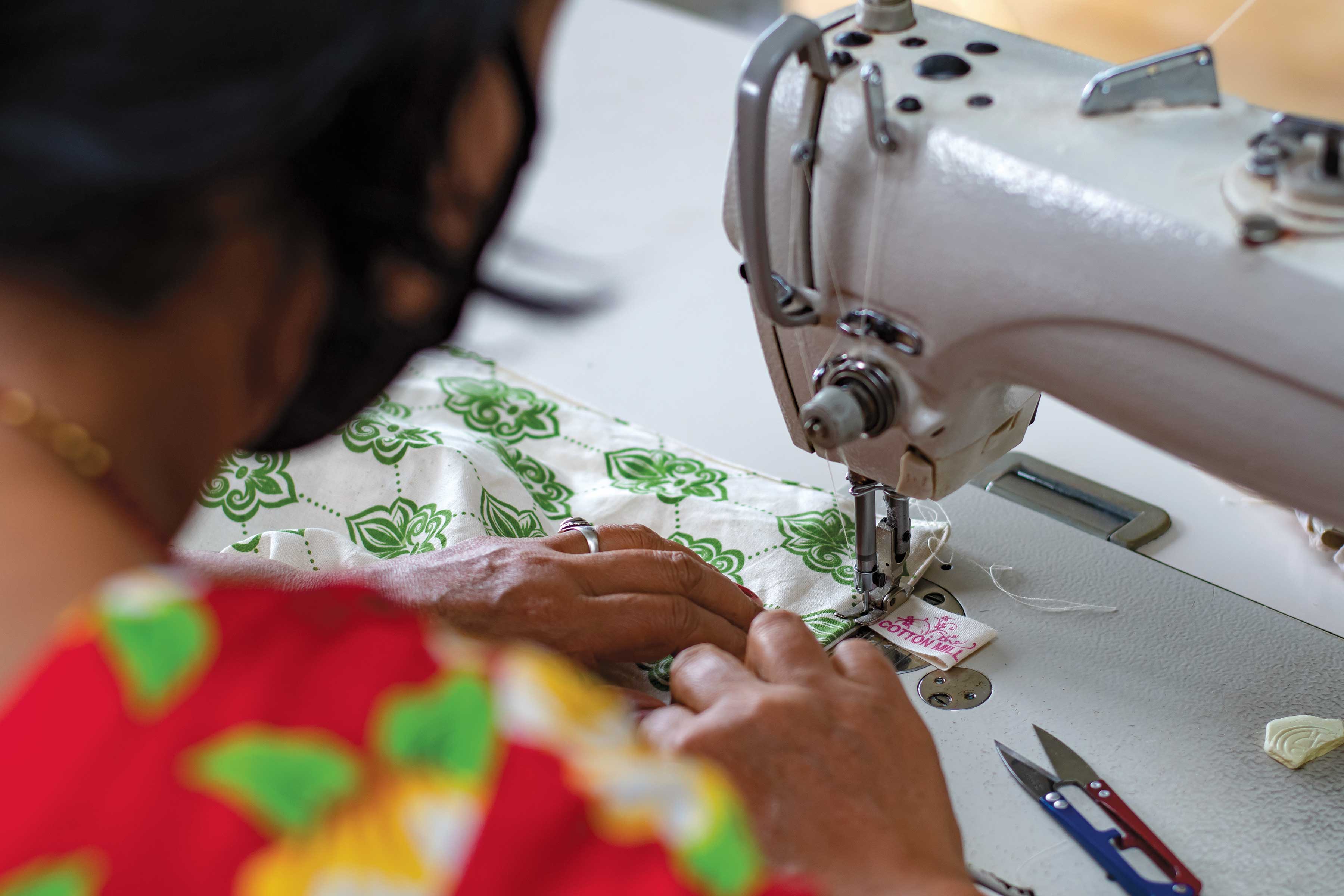 One of the latest, and biggest, attractions to the hub of tourism in the capital is a spacious complex that is blessed with adequate parking space, a definite boon to what is undoubtedly an area where finding a safe place to park your vehicle is a big challenge. This provision in itself promises its future success as a business enterprise, for undoubtedly, it will have many fine shops and restaurants on its premises, thus making it a great hangout for both locals and tourists.
One of the latest, and biggest, attractions to the hub of tourism in the capital is a spacious complex that is blessed with adequate parking space, a definite boon to what is undoubtedly an area where finding a safe place to park your vehicle is a big challenge. This provision in itself promises its future success as a business enterprise, for undoubtedly, it will have many fine shops and restaurants on its premises, thus making it a great hangout for both locals and tourists.
Another thing about this complex is its location. While rapid growth of any area, and one especially as thriving as the tourist hub of Kathmandu, naturally gives birth to many localities that can be said to be at the heart of things, making this complex thus ideally located, the thing to note is that, it is situated directly opposite to a heritage site that is said to be the origin of this tourist hub’s current name, as of the tourist hub itself.
The site I’m referring to is a locality with a large monastery (mahavihar) that is believed to have been built in the eleventh century by a Buddhist scholar from India by the name of Atisha. The monastery is known by a couple of different names, one of which gave rise to the locality’s present name. This monastery has traditionally always been managed by a trust (guthi) overseen by individuals of the Pradhan clan. Like all other mahavihars, the main shrine has a large courtyard in front (the monastery and the courtyard together makes the area into a bahil). And, this is where you’ll be surprised to experience life as it was in less hectic times, what with old folks sunning themselves, more in contemplative moods than involved in idle chatter, and children involved in carefree play.
This is a surprising experience, because the moment you step outside the bahil’s gate, you’ll find yourself deep into the hustle and bustle of the tourist hub of Kathmandu, with rows and rows of shops offering everything from curios and trekking supplies to garments andmassages to food andaccommodation. And, everything else in between! It is indeed a busy street, and there’s a lot of people of all hues and colors strolling about at all hours. That’s why the calm and the tranquility inside the bahilis so very surprising—truly an example of the old and the modern existing side by side.
The bahil, as such, is really not in that good a state; perhaps some damages were incurred by the 2015 earthquake, yet one can say that it is valuable in its own way as it is, because it denotes antiquity, which is of course priceless in a heritage monument. The monastery has an interesting myth, or rather, two myths,associated with it. Once upon a time, a seeker called DharmashreeMitra from Benaras in India traveled north to visit the legendary sage Manjushree. When he reached Kathmandu, he asked a farmer for directions, and was requested to stay the night. Late at night, he heard talking in the farmer’s room, and became aware that he was actually Manjushree,in disguise. Come dawn, Dharmashreepaid obeisance to the sage, who was so happy at being recognized that he built a temple to be named after Dharmashree’s monastery in Benaras (which is one of the three names of the monastery).
 The second myth goes like this: There once lived a trader named SinghasarthaBahu in the bahil. He went on a business trip to Tibet with a sizeable delegation of five hundred traders. When they were returning, they were delighted to meet a mass of beautiful women, five hundred and one, to be exact. But that night, SinghasarthaBahu had a vision in which the women were revealed to be, in fact, man-eating demons. He collected his group, and they rushed back to Kathmandu. On the way, they came across a really huge horse on the shore of a river. So, all of them rode on its back, with the traders warned not to look behind. They couldn’t resist the temptation of looking at the women, and so perished one by one. In the end only SinghasarthaBahu remained.
The second myth goes like this: There once lived a trader named SinghasarthaBahu in the bahil. He went on a business trip to Tibet with a sizeable delegation of five hundred traders. When they were returning, they were delighted to meet a mass of beautiful women, five hundred and one, to be exact. But that night, SinghasarthaBahu had a vision in which the women were revealed to be, in fact, man-eating demons. He collected his group, and they rushed back to Kathmandu. On the way, they came across a really huge horse on the shore of a river. So, all of them rode on its back, with the traders warned not to look behind. They couldn’t resist the temptation of looking at the women, and so perished one by one. In the end only SinghasarthaBahu remained.
That’s what he thought, but actually, the most beautiful demon was close behind him, and she began to reside near his home in Kathmandu. So beautiful was she that the king himself asked her to live in his palace. But, one moonless night, she called her friends, and they devoured everyone in the palace, including the king. Ultimately, it was SinghasarthaBahu who had to killthem with his sword. However, so besotted was he by the one he loved that he gave her a place to stay on the outskirts of the city. It is said that there is a figure of this she-demon just outside the main gate of the monastery.
See if you can find it when visiting this intriguing heritage site!











